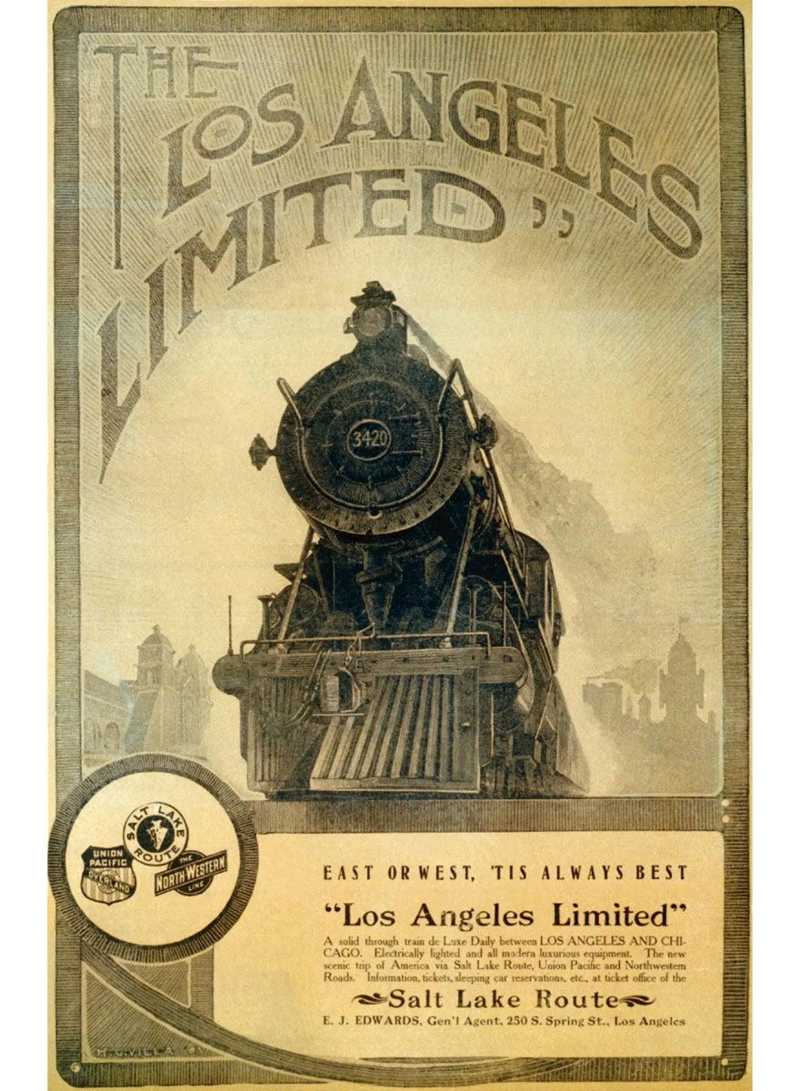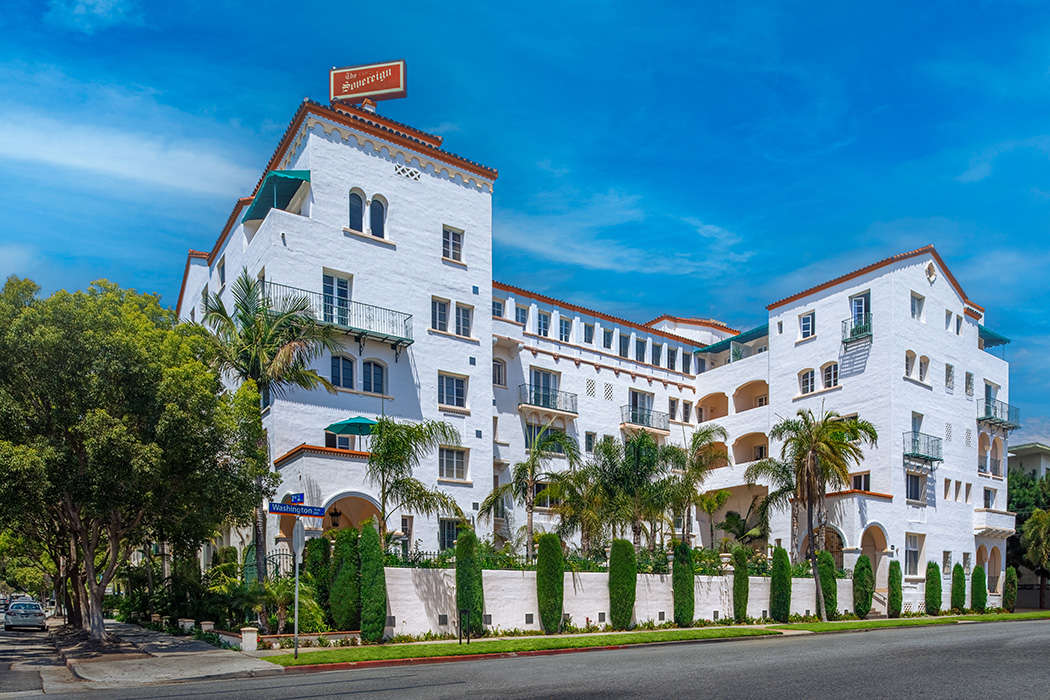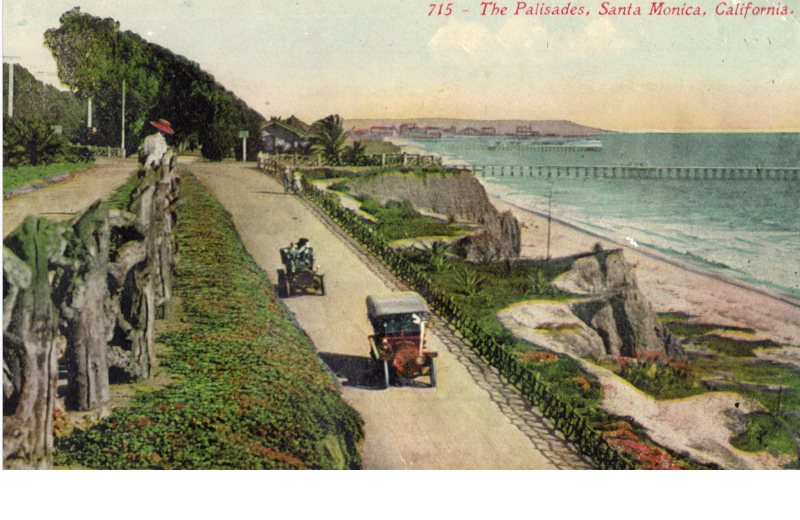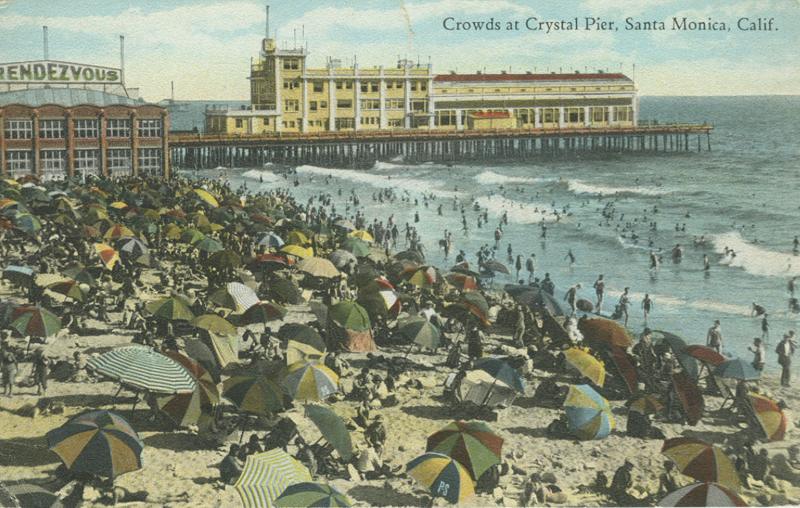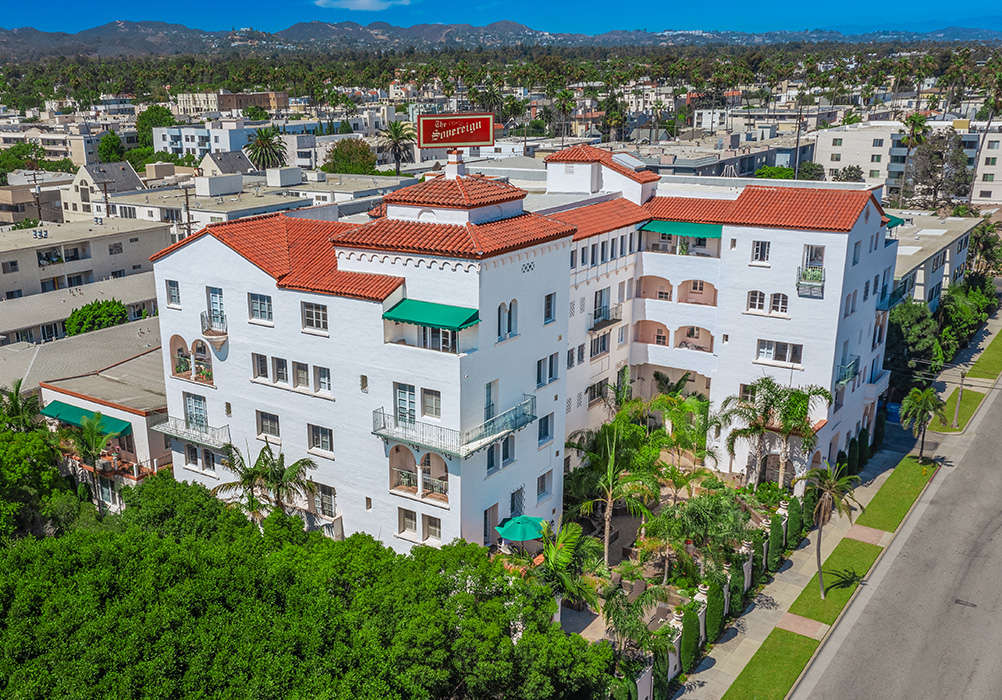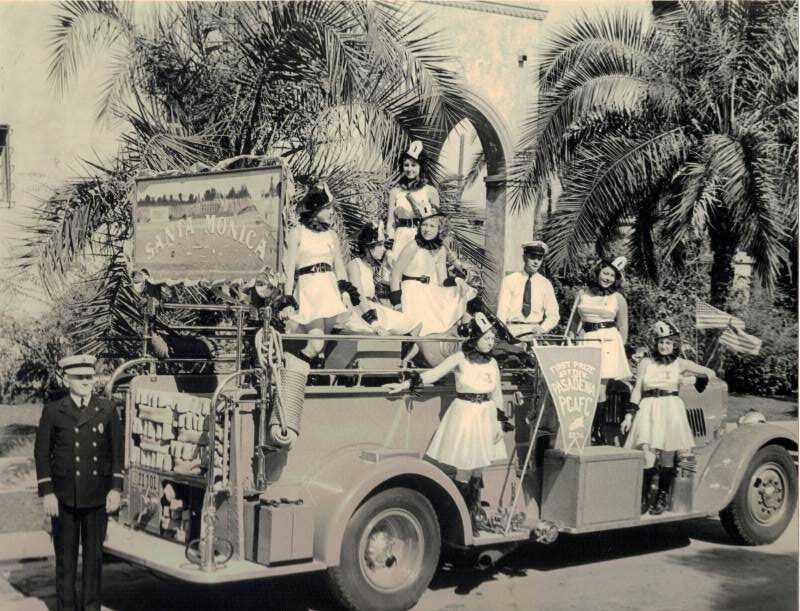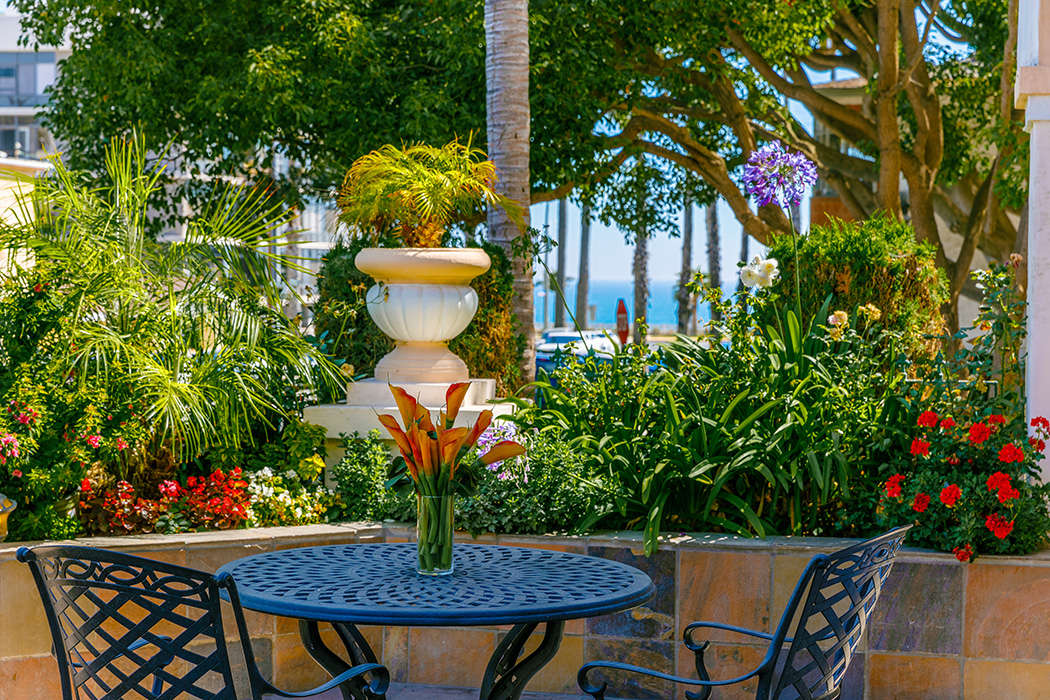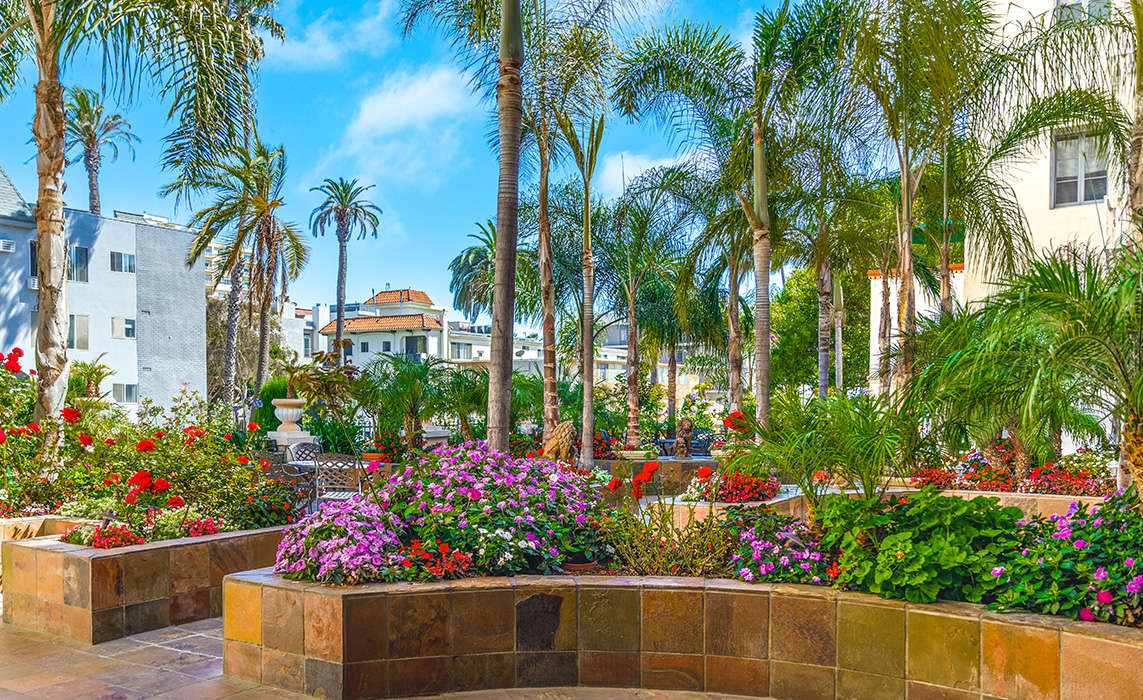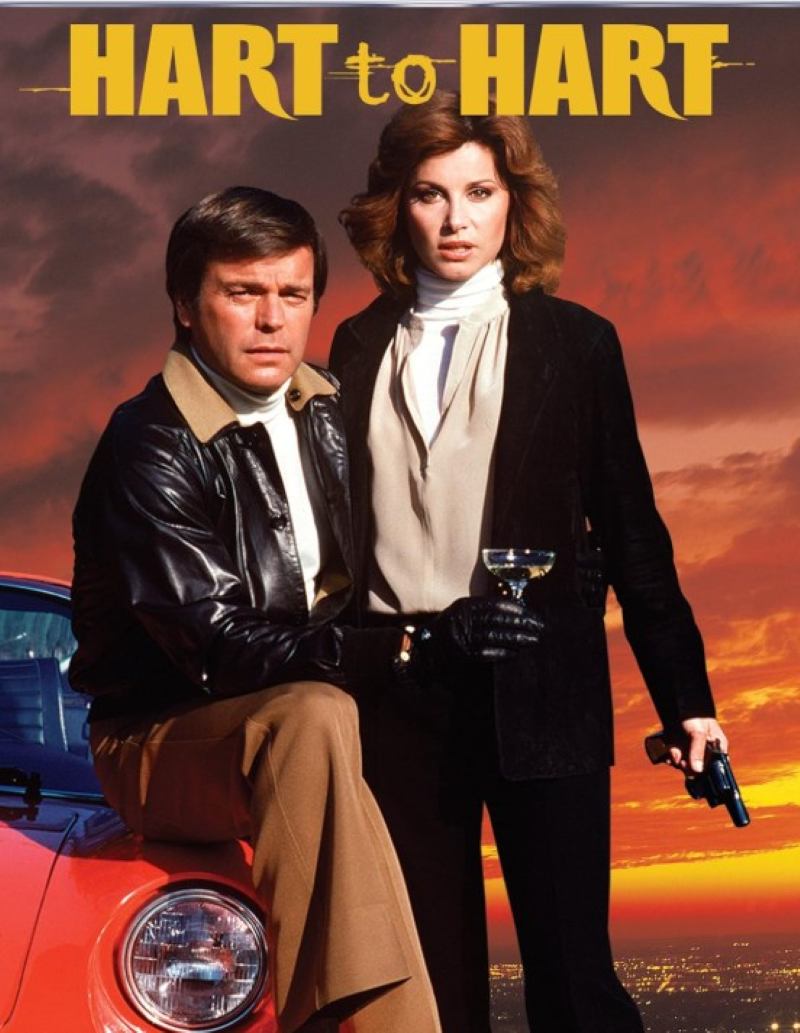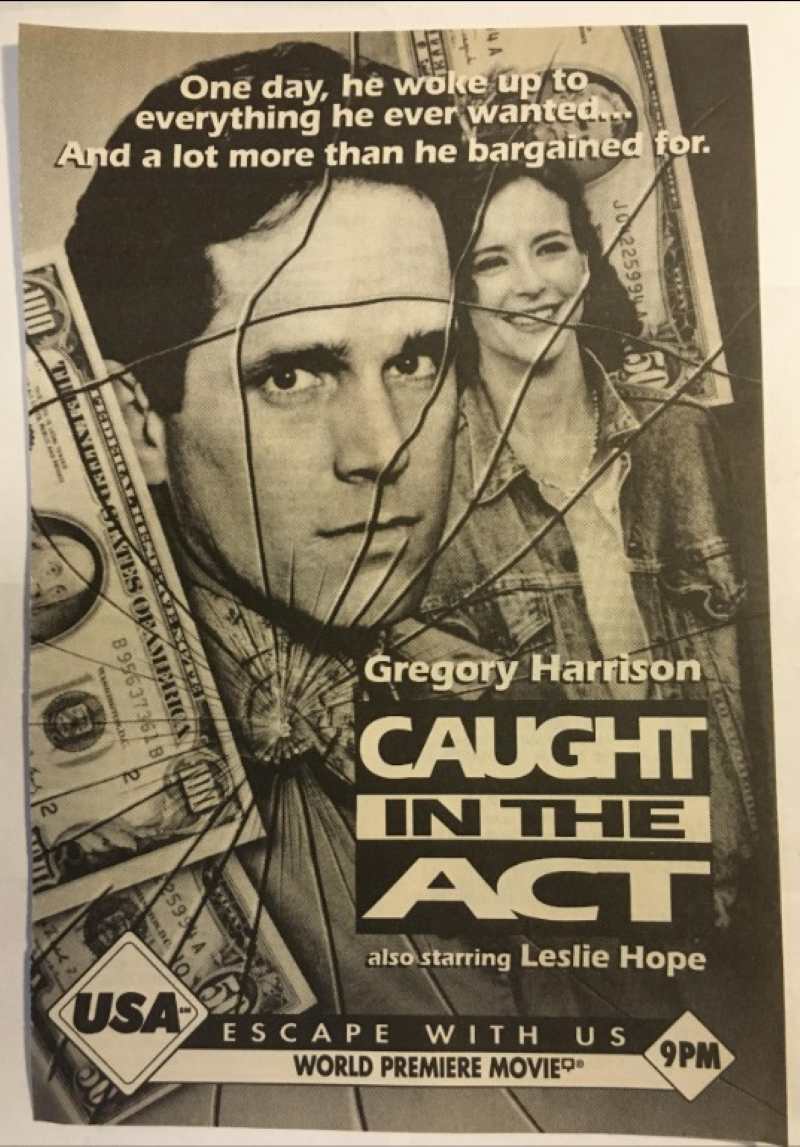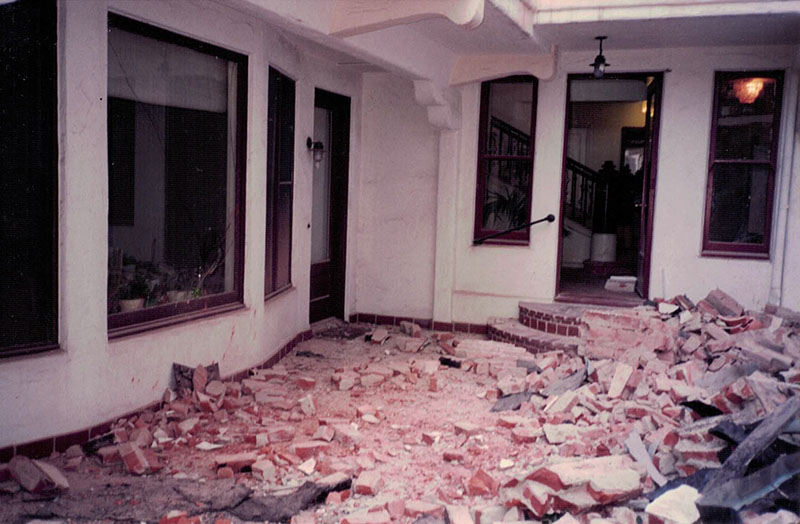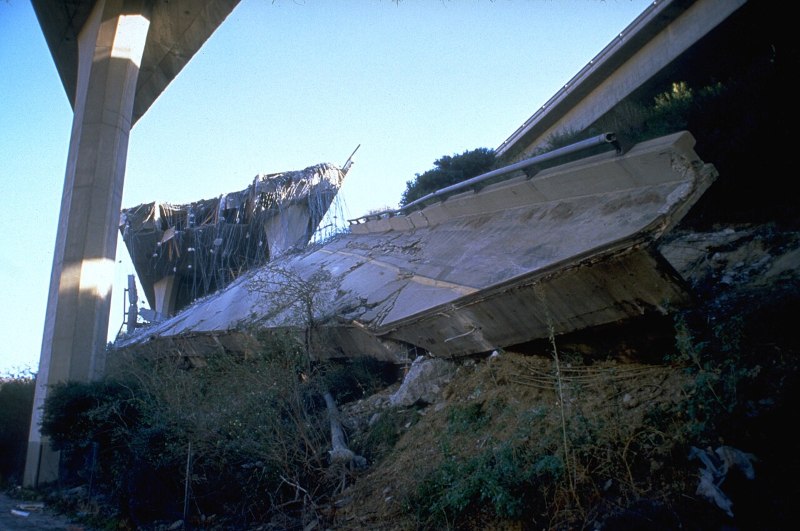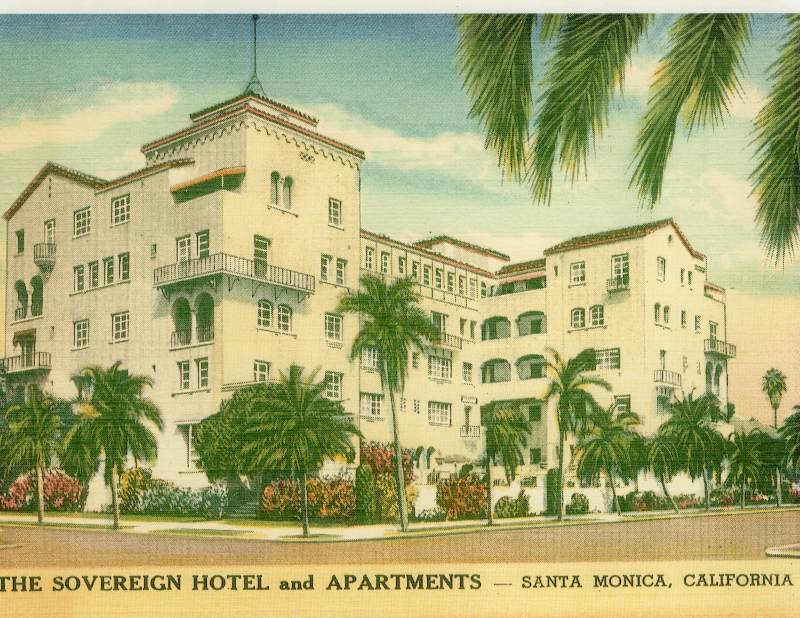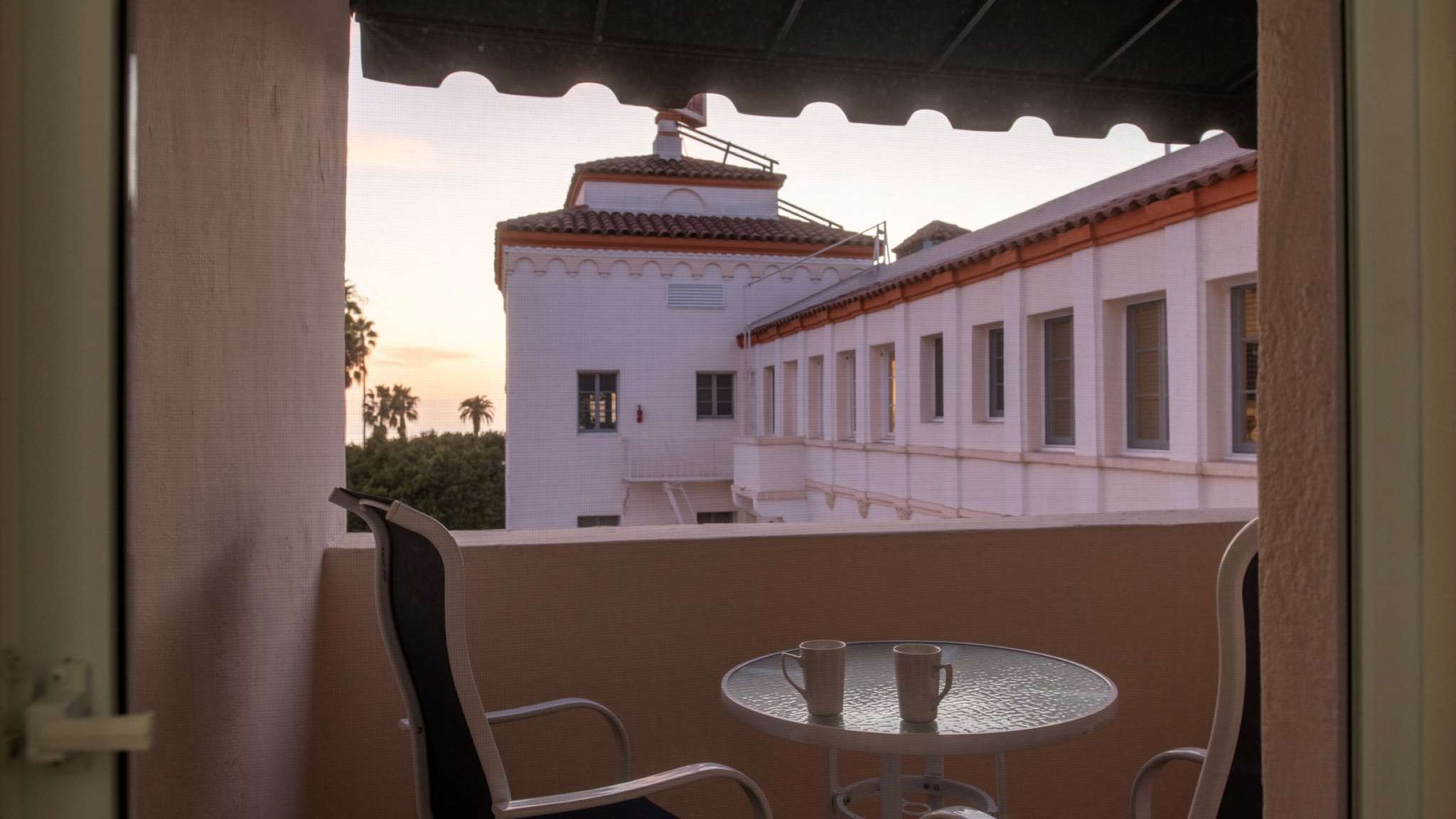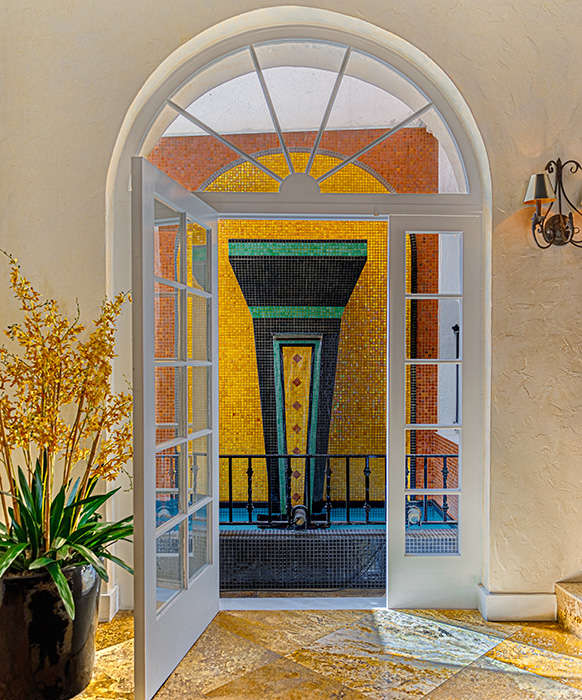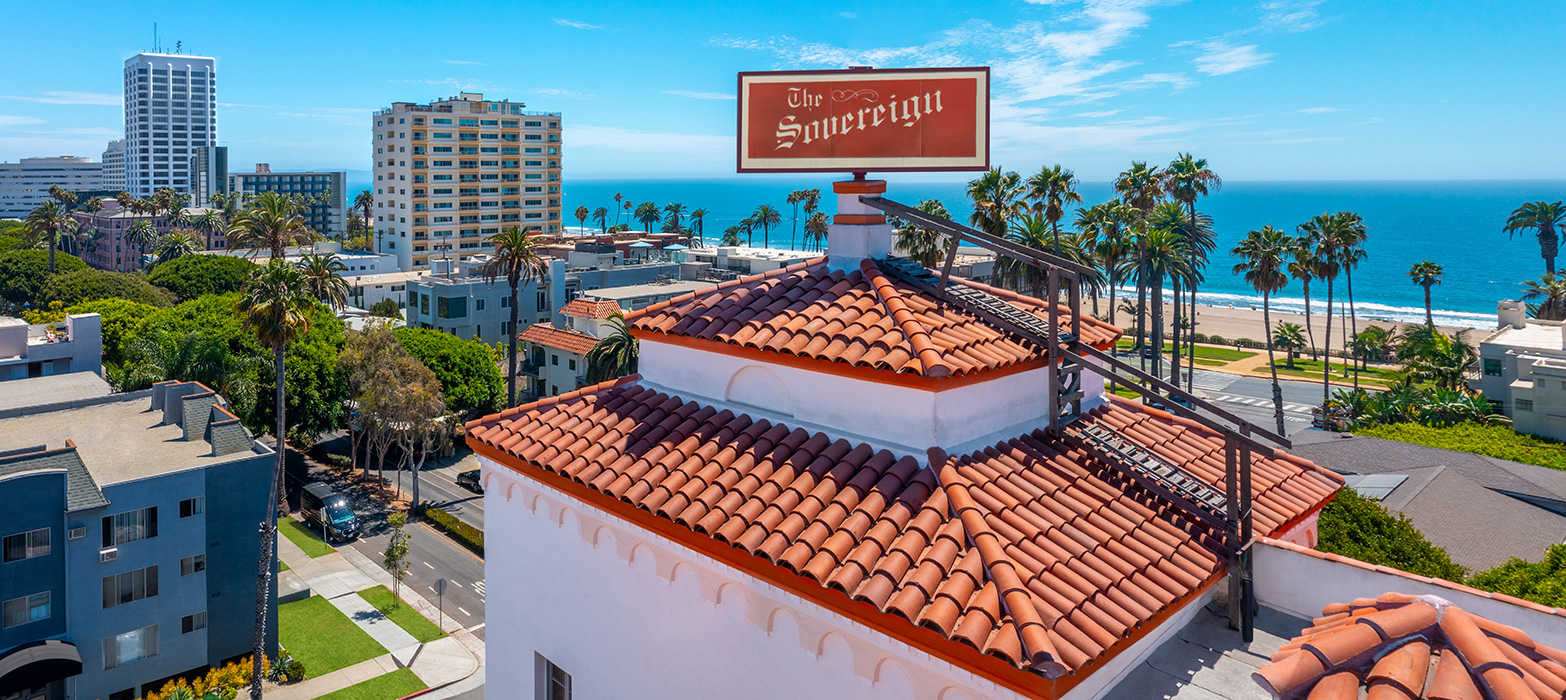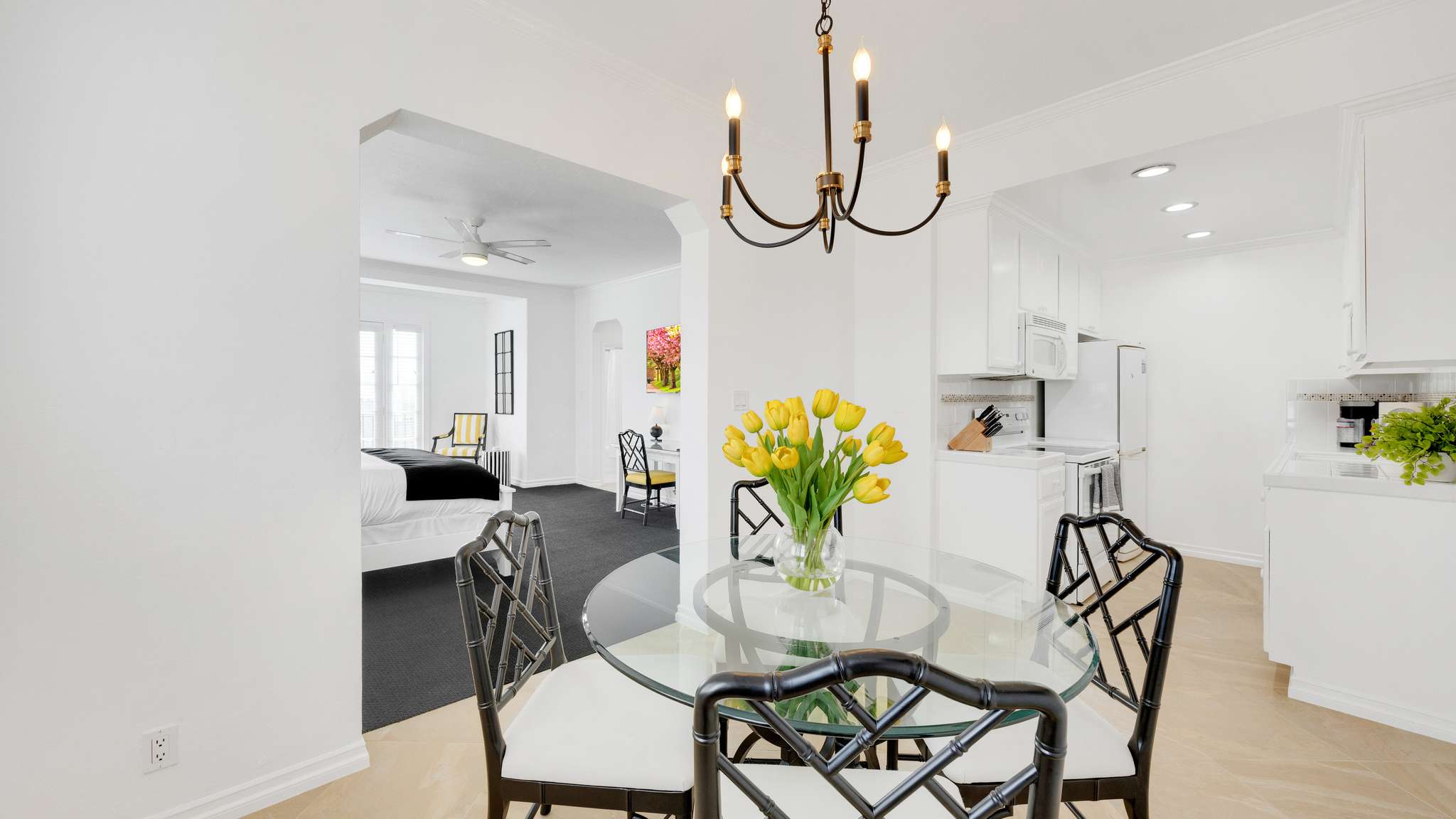The Sovereign in Its Prime (The 1930s-1940s)
The crash hit on Black Monday, October 28, 1929. The champagne evaporated. But The Sovereign remained sovereign.
As the Great Depression swept the country and fortunes fell with the stock tickers, The Sovereign adapted with the grace of a practiced host pivoting mid-conversation. What had been a distinguished apartment hotel for the carefree and affluent became a refined landing spot for the discreetly well-established. Santa Monica had always drawn dreamers—now it became a haven for the adaptable.
It was during these years that The Sovereign fully embraced its role as a hotel in the more traditional sense. A modest new wing was added, housing a small dining room where oysters were served, discreet meetings occurred, and more than a few “temporary guests” became permanent fixtures. The street-level signage—which we hope to restore—dates from this transition: The Sovereign Hotel, in sharp black letters, beckoning from the stucco like a calling card left on a silver tray.
Despite the Depression, the atmosphere inside remained one of refined sophistication. French doors swung open to sunlit balconies. Maids made daily rounds.
Santa Monica, meanwhile, was maturing despite the hard times—or maybe because people wanted to escape those hard times. People kept arriving from the East. The Pacific Electric streetcars traveled down to the Pier. The boardwalk hosted swing bands, saltwater taffy stands, and sightseers from around the globe. A few miles away, Hollywood moved to talkies, then Technicolor—and typewriters clacked away in every other bungalow from Topanga to Vine.
As today, The Sovereign stood close, but slightly apart—a retreat a block or two from the frenzy. Accomplished widows took rooms for the summer. Film editors recuperated by the sea from professional exhaustion. Directors. Men in Panama hats and linen suits checked in with one name and out with another.
This was a place of reinvention, refuge, and high-thread-count discretion. And though the gatherings were smaller and the flapper fringe had faded from the opening act, The Sovereign had done something extraordinary for a grand eminence in a town of nonstop change: It survived Act One.
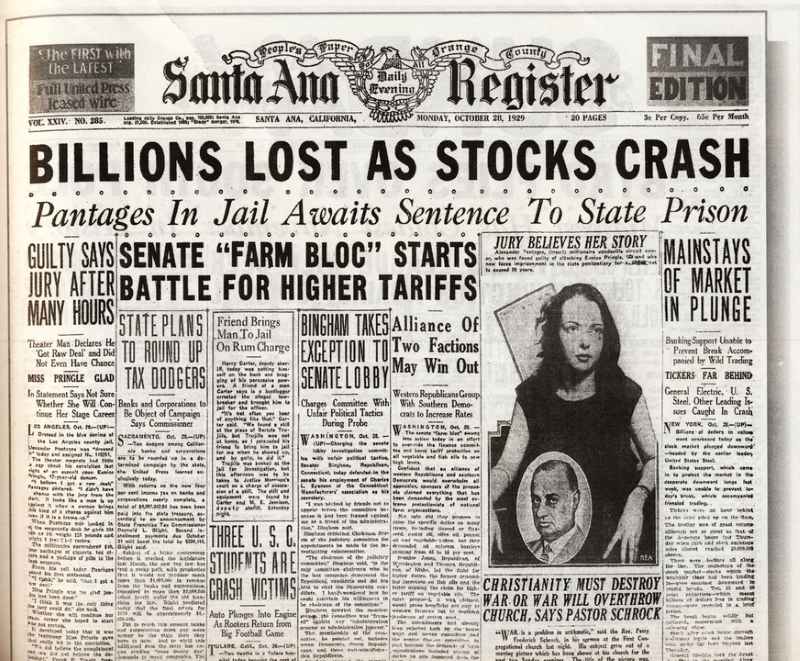 During the Depression in the 1930s, Americans wanted an escape. The Sovereign was a beautiful refuge by the sea.
During the Depression in the 1930s, Americans wanted an escape. The Sovereign was a beautiful refuge by the sea.
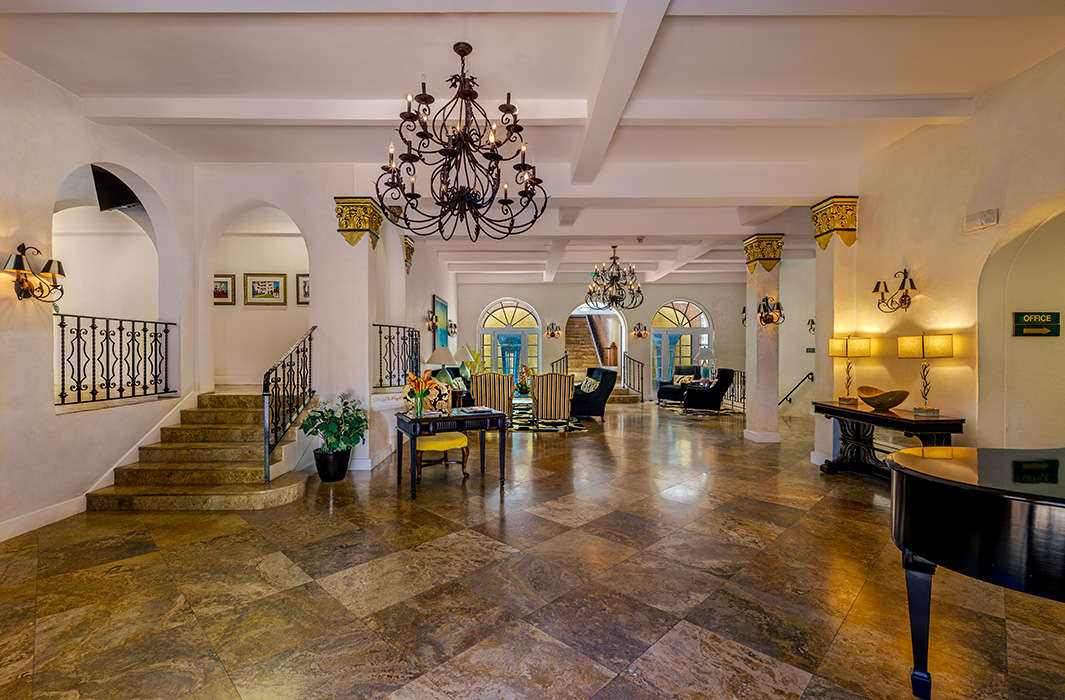
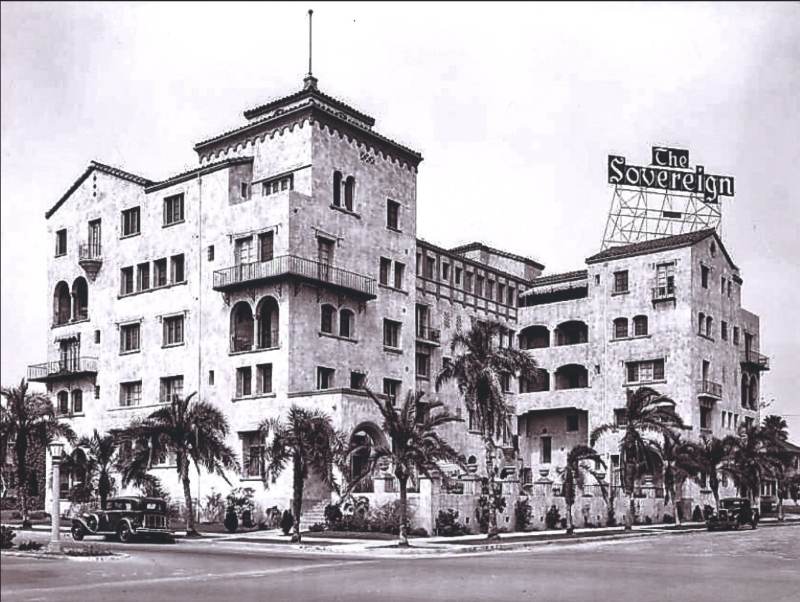 The Sovereign in the 1930s.
The Sovereign in the 1930s.
